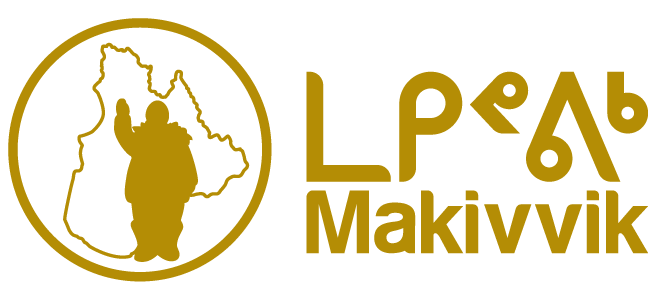 In terms of political development, self government in Nunavik has been Quebec’s other “quiet revolution,” unfolding slowly but steadily since even before the signing of the James Bay and Northern Quebec Land Claims Agreement in 1975.
In terms of political development, self government in Nunavik has been Quebec’s other “quiet revolution,” unfolding slowly but steadily since even before the signing of the James Bay and Northern Quebec Land Claims Agreement in 1975.
As far back as 1960, when the Federal-Provincial Commission on Arctic Quebec attempted to determine whether Inuit in Nunavik viewed themselves under a provincial or federal system, the overriding message from Inuit was neither, but simply, “we want to govern ourselves.”
In terms of political development, self government in Nunavik has been Quebec’s other “quiet revolution,” unfolding slowly but steadily since even before the signing of the James Bay and Northern Quebec Land Claims Agreement in 1975.
Although there were several attempts to negotiate some form of government in the early 1990s, these were derailed or put on the back burner due to the political climate of Quebec at that time. Formal “self government negotiations” with the province of Quebec and the Government of Canada began in 2002 and on December 5, 2007, in Quebec City, the Inuit of Quebec, the Province of Quebec and the federal government signed the agreement in principle to formally create a new regional government in Nunavik.
This new regional government will not be an Inuit government but a public government, representing all citizens of Nunavik.
The agreement will provide for an elected assembly of at least 21 representatives, from each of the 14 communities. It is foreseen that larger communities with a population of 2000 or more will elect two representatives. It will also comprise a five member executive council, including a government leader elected by the general population.
The agreement will provide for the amalgamation of the three institutions created under the James Bay and Northern Québec Agreement (JBNQA) – the Kativik Regional Government (KRG), which has limited municipal government powers, the Kativik School Board (KSB), and Nunavik Regional Board of Health and Social Services (NRBHSS) – into a new Nunavik regional government structure. Once the Nunavik government is in place, the agreement provides for negotiating additional powers and responsibilities.
Makivvik believes the amalgamation of these institutions and the creation of the new government will result in improved living conditions in all Nunavik communities through pooling human and financial resources.
The self government agreement will not take away from the aboriginal rights of Nunavik Inuit, who will continue to be protected by Makivvik through the terms of the constitutionally protected land claims settlements the JBNQA in 1975 and the NILCA signed in 2007.
Quebec Premier Jean Charest said the agreement for the Nunavik regional government is “at the heart of our desire to promote as never before social and economic development of the Inuit communities.” The federal minister of Indian and Northern Affairs, Chuck Strahl, also forecast the agreement, which will improve social economic conditions and opportunities in the region, but added that “Inuit will be able to make their own decisions in matters related to the preservation and development of their distinctive culture.”
There is no firm timetable for when the first assembly will be elected and sitting.
All parties are now beginning the negotiations and preparations for the final agreement, which could take up to 18 months.
January 23rd 2012 : Discussion Paper – Declaration of a Nunavik Government
To : All participants at the Nunavik Gouvernment meeting of November 15-18th 2011, sponsored by Makivvik
to download the PDF file